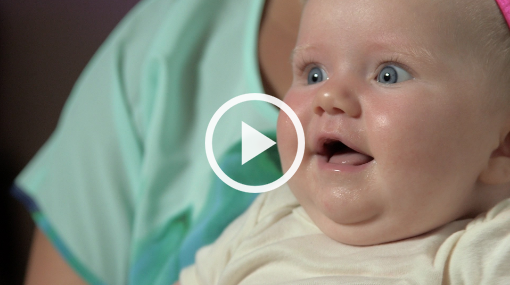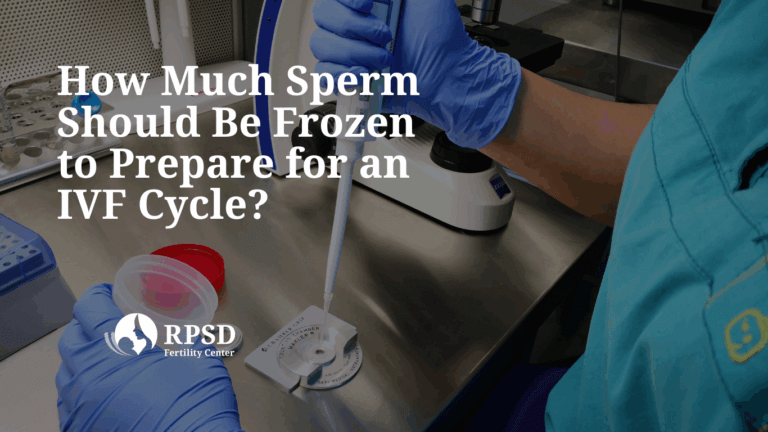Placing Sperm Directly into the Uterus
After taking fertility medication to stimulate your ovaries, our skilled doctors place millions of sperm into your uterus. Though sperm is introduced into your uterus, all the critical steps necessary for conception — including your fallopian tube picking up the ovulated egg and the sperm finding and successfully fertilizing the egg — occur without interference.
We often recommend IUI when:
- Cervical factors are suspected
- Mild to moderate reduction in sperm quality is detected
- Undergoing treatment for unexplained infertility
- Infertility is related to mild endometriosis
- Women are pursuing donor sperm insemination
What to Expect During Your IUI Procedure
You’re in good hands at RPSD. All our IUI procedures are performed by skilled doctors who are leaders in the field of fertility.
1
2
3
IUI Success Rates
The chance of a successful IUI procedure resulting in pregnancy will always depend on the fertility factors surrounding each individual patient. However, we have found that IUI yields about a 5-10% pregnancy rate per cycle in couples, whereas the monthly conception rate without treatment might only be 1-3%. In conjunction with gonadotropin (an injectable hormone), IUI yields a 15-20% success rate.
While this “low tech” approach can prove successful, success rates in general are often higher with a “high tech” approach like in vitro fertilization (IVF), which bypasses many of the hurdles to fertilization. If you do not achieve pregnancy after 3-6 cycles of IUI, your doctor will likely discuss moving forward with IVF treatment.
Fertility Education Center

Fertility Treatments and Your Lifestyle
The lifestyle you lead directly affects your fertility. From making healthy lifestyle choices to supplementing your intake of important nutrients, here are some key steps you can take outside the clinic to improve and maintain your chances of becoming pregnant.
Let’s Take the Next Step Together
Our skilled fertility specialists are here to help. Contact us today and let’s discuss the next phase of your fertility journey.













